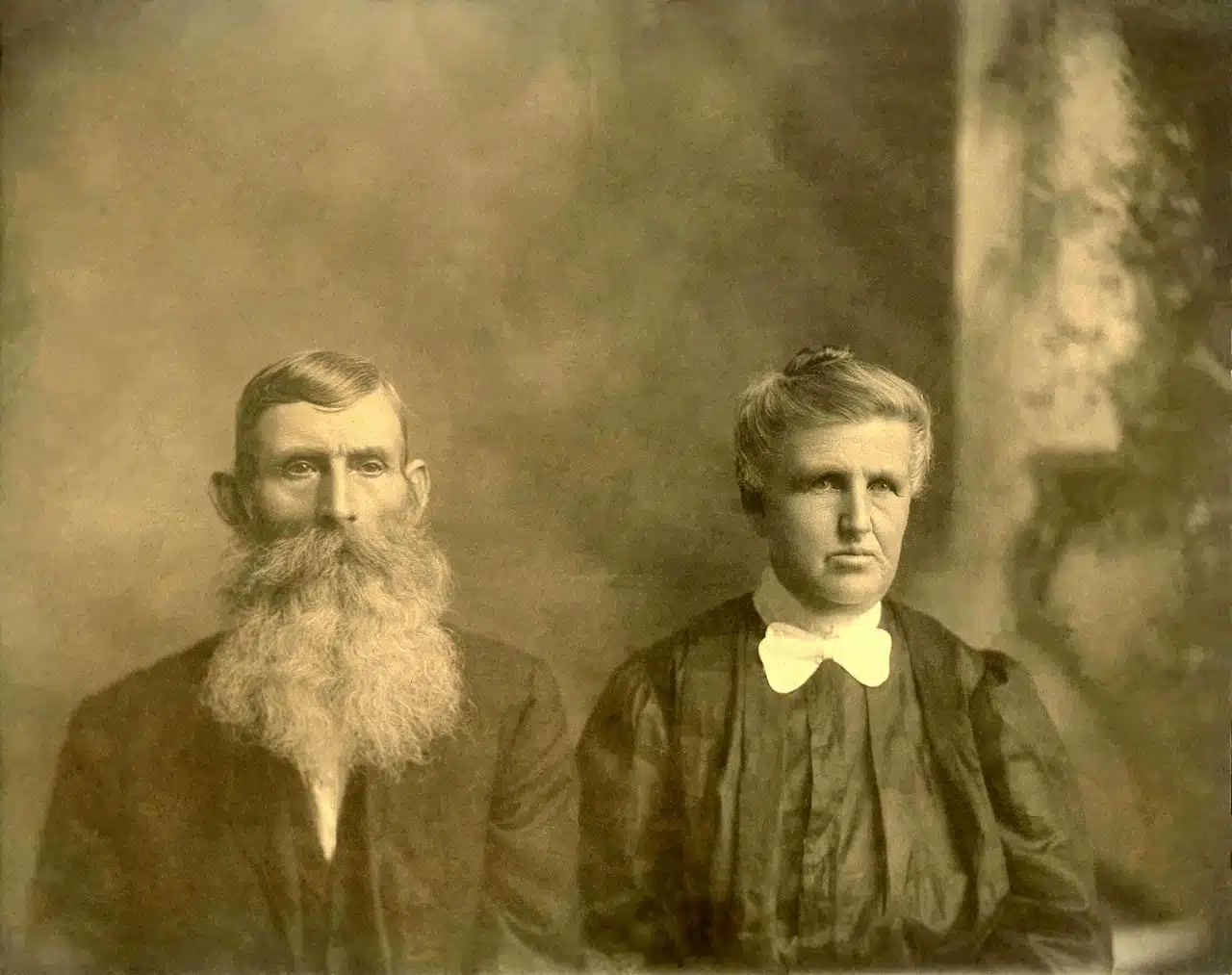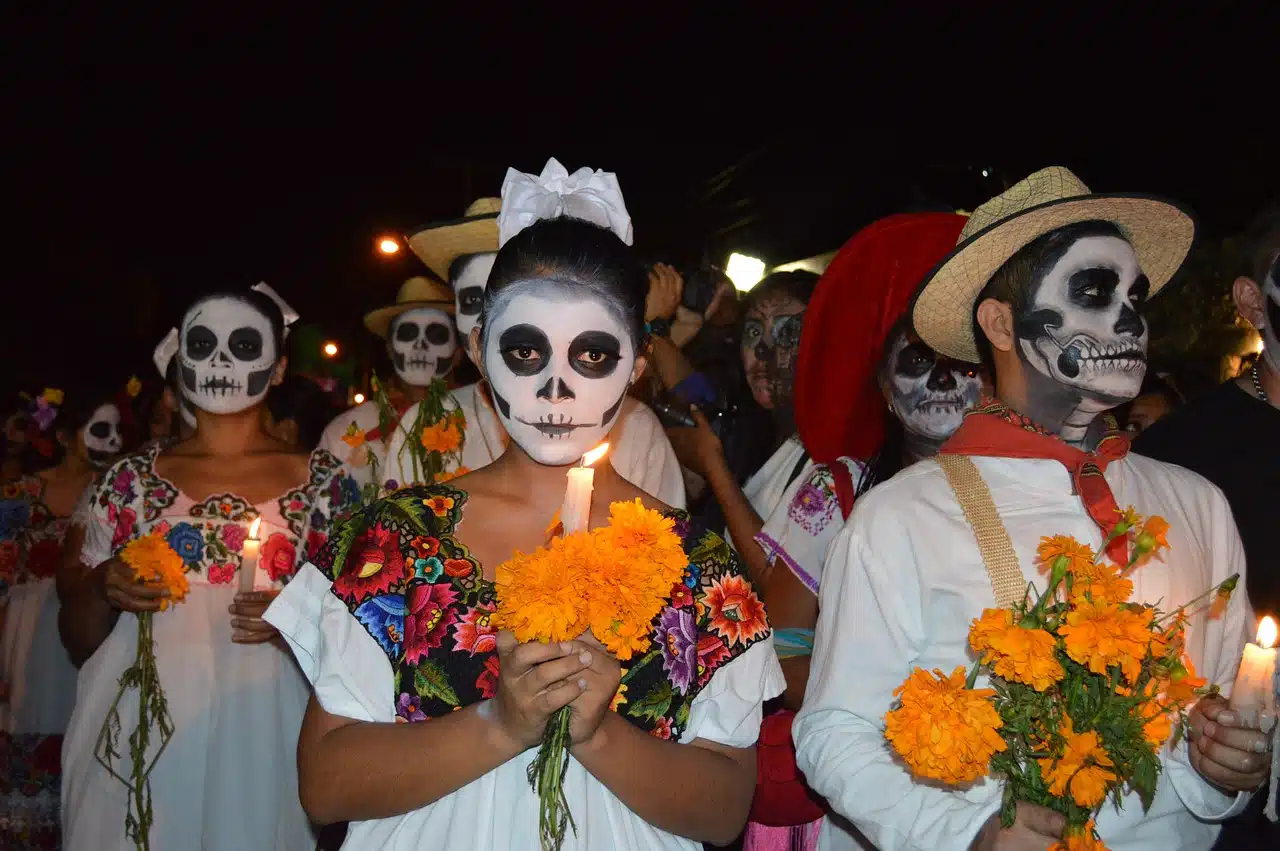
The intangible heritage of a people is part of its cultural identity.
Cultural identity is a grouping of customs , habits, practices, creeds and values that serve as a cohesive factor in a community. Through these elements that he has in common with other individuals, a person develops a sense of belonging to the whole.
Those who share a culture have similar beliefs and are governed by the same social norms. Cultural identity, in this way, makes different subjects feel part of a group and, in turn, perceive that they are different from members of other groups.
However, it must be noted that a human being can identify with some features of a cultural identity and not with others. Beyond appearances, there is usually no uniformity in a culture, but rather multiple identities that are similar but not the same coexist.
The development of cultural identity
The development of cultural identity occurs from the interaction between the person and their environment . Through this link, the individual begins to internalize symbolic components that influence their behavior .
When acquiring a culture, a process of enculturation takes place. This is the procedure that occurs “naturally” as someone grows in their place of birth. Then other processes may arise, such as acculturation (elements of a different culture replace the constituents of one's own) and inculturation (the subject specifies his integration into a different culture, accepting its ceremonies, celebrations, etc.).
Although there is a collective memory that is transmitted in a family or social class from generation to generation, cultural inheritance is not rigid or immutable. The advancement of history means that this cultural transmission includes changes in content, which renew the cultural identity of the group.
The subgroups
We said that the cultural identity of a people is not uniform. A distinction is usually made between the dominant culture (the majority) and the cultural subgroups that form minorities within the community .
The formation of a subculture can be related to the gender, ethnicity or age of its members. Generally, the grouping arises due to aesthetic, philosophical or other characteristics that affect the development of a certain lifestyle with dissimilar qualities compared to the main culture.
Members of a subculture may share a type of clothing , listen to the same music , and profess a particular religion , for example. When its values are opposite or contrary to those of the dominant culture, it is called counterculture .

The new generations assimilate elements of the cultural identity of their ancestors.
Cultural identity of a nation
The cultural identity of a nation is forged from a language , a religion, certain myths and legends, artistic manifestations (theater, cinema, dance) and gastronomy, among many other variables. It is usually linked to a specific territory and the inhabitants of the region in question.
To learn about the national cultural identity, it is possible to visit its museums and libraries, observe its festivities or simply appreciate the daily life of its citizens. Of course, delimiting cultural identity implies a generalization because, as we have been maintaining, there is no uniformity in a community .
If we take the case of Argentina , elements such as tango, mate, soccer and barbecue appear in the cultural identity of this South American country. However, there are Argentines who do not drink mate or who are vegetarians. At the same time, soccer is also part of the cultural identity of Brazil and mate, of the cultural identity of Uruguayans.
The important thing is to keep in mind that reality is diverse and complex. Having a nationality does not necessarily imply adhering to each of the characteristics of the cultural identity attributed to the nation.
individual traits
Beyond cultural identity at the collective level, the cultural identity of the individual can be considered. Each person has traits and qualities that can bring them closer to one group or another, or even to more than one group.
A person, in this framework, has a genealogy and can build their cultural identity based on that lineage. However, social mobility – whether upward or downward – can introduce changes to your cultural identity over time.
It is also possible to cement a gender identity that does not match the gender roles that society conventionally assigns. Sexual orientation, in turn, has a correlation in the cultural identity of the subject.

The Day of the Dead celebration is an important tradition in Mexican cultural identity.
Cultural identity and globalization
Globalization has effects on the construction of cultural identity. On the one hand, it contributes to pluralism since, by encouraging migration, multiple cultures can coexist in a city or neighborhood.
However, globalization on the other hand promotes cultural homogenization . The most powerful countries end up imposing their values, customs and beliefs through their cinema, their music and other manifestations that have a huge impact.
Cultural diversity is often considered positive: the variety of visions and thoughts enriches a society. However, many times there is no tolerance or respect for different cultural traditions.
Prejudices, stereotypes , racism and xenophobia , unfortunately, are common. Discrimination against those who have a different cultural identity can even lead to attacks and episodes of violence. The State, as guarantor of social peace , must work to avoid persecution and maintain harmony.
Human beings must understand that there is no single philosophy of life and that there are no cultural identities that are better than others or have greater validity. By accepting multiculturalism , peaceful coexistence can be achieved.
